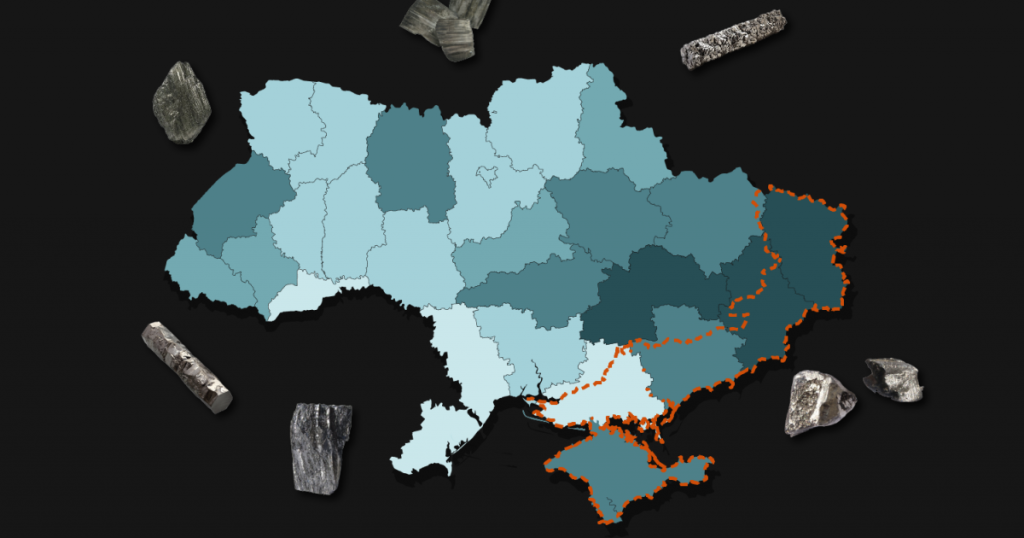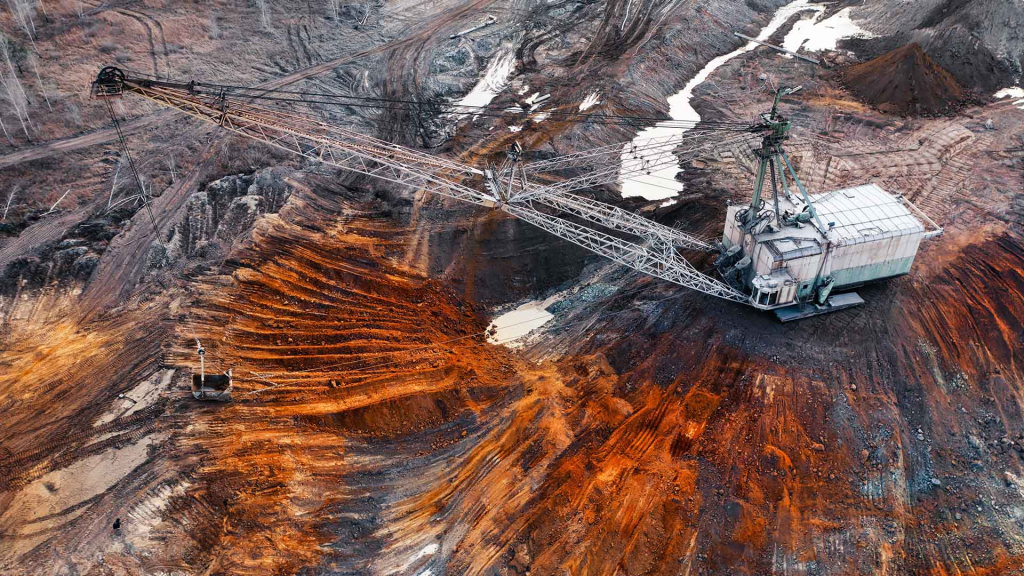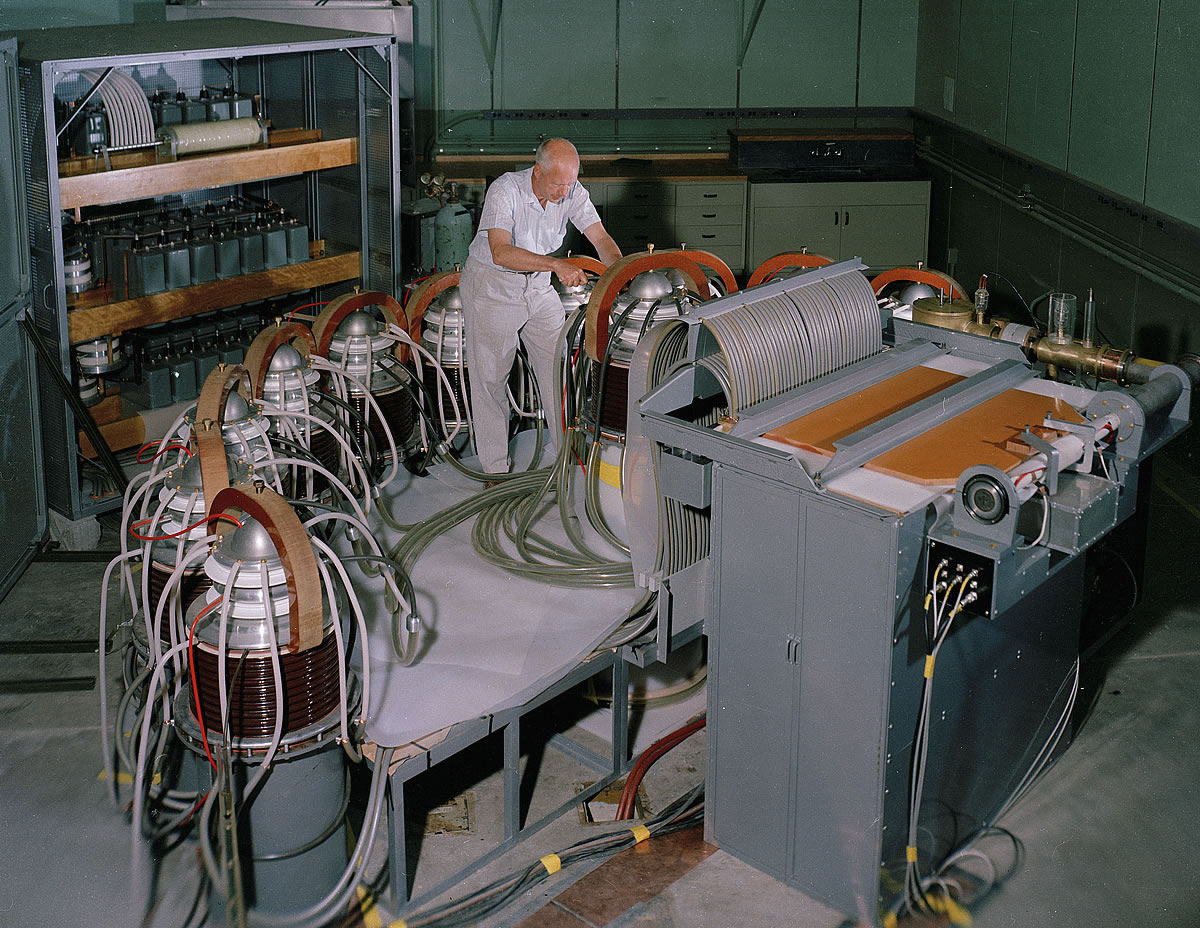Rare Earth Elements (REEs) are the backbone of modern technology, powering everything from electric vehicles to missile defense systems. While China, the U.S., and Australia dominate global production, Ukraine and Kazakhstan are emerging as countries with untapped REE potential. However, challenges such as geopolitical instability, investment hurdles, and lack of refining capacity remain significant roadblocks. Ukraine and Kazakhstan hold untapped rare earth element (REEs) deposits, but can they become future powerhouses in the global supply chain? Explore their mineral potential, challenges, and the future of REE development in these regions.
With rising global demand and supply chain diversification efforts intensifying, the world is closely watching whether these two nations can capitalize on their mineral wealth. Could Ukraine and Kazakhstan become key players in the REE market? This guide explores their current status, market value, and future outlook with data-driven insights and expert opinions.
Ukraine: A Land of Geological Wealth and Challenges
REEs Deposits & Potential
Ukraine has historically been a key producer of iron ore, titanium, and uranium, and some geological reports suggest significant REE deposits. Potential sites include:
- Dnipro Region: Rich in alkaline rocks and heavy mineral sands, known to contain REE traces.
- Western Ukraine: Some studies indicate the presence of REE-rich monazite sands.
However, unlike titanium or uranium, Ukraine’s REE industry is not yet developed at a commercial scale.
Current Status & Challenges
| Factor | Status in Ukraine |
|---|---|
| Mining Operations | No large-scale REE production yet. |
| Exploration Efforts | Limited, mostly pre-2022 pilot projects. |
| Conflict Impact | The ongoing war disrupts infrastructure and investment. |
| Refining Capability | None – would require major investments. |
Ukraine’s instability and lack of refining infrastructure make short-term REE development highly challenging. However, should stability return, the country’s mineral-rich lands could attract foreign investment.
Strategic Importance of Ukraine’s REEs
Ukraine’s mineral wealth extends beyond domestic use. If developed, REE production could:
- Reduce Europe’s dependence on China for rare earths.
- Attract Western investment, especially from the EU and the U.S.
- Support green energy and defense industries with strategic material supply.

Kazakhstan: A Resource Giant with Untapped REE Potential
Existing Deposits & Exploration
Kazakhstan is already a leader in uranium, chromium, and zinc production. While not a major REE producer, its resources include:
- Phosphate Rock Deposits – Contain measurable amounts of rare earth elements.
- Uranium Tailings – Some waste materials from uranium mining contain valuable REEs.
- Soviet-Era Geological Reports – Indicate potential REE pockets yet to be fully explored.
Strategic Positioning & Partnerships
Kazakhstan benefits from:
- Stable Governance – Compared to other resource-rich regions, it offers lower investment risks.
- Foreign Collaborations – Chinese companies actively invest in Kazakh minerals, including potential REE projects.
- Government Backing – The country is actively diversifying beyond uranium and oil, with growing interest in rare earth elements.
Market Readiness & Challenges
| Factor | Status in Kazakhstan |
|---|---|
| REE Mining Projects | Few, but increasing foreign interest. |
| Processing Capacity | Limited, but could expand with Chinese investment. |
| Strategic Alliances | Strong ties with China’s rare earth supply chain. |
| Infrastructure | Developing – would require refining plants. |
Unlike Ukraine, Kazakhstan enjoys political stability, making it a more viable candidate for future REE production. However, it still lacks large-scale refining capabilities, an essential component of the REE supply chain.
Could Kazakhstan Become a Future REE Leader?
Kazakhstan’s geopolitical neutrality and natural resource wealth put it in a strong position. If it secures investment, Kazakhstan could:
- Serve as a bridge between China and the West for REE supply.
- Develop local refining capabilities to increase economic value.
- Become a regional leader in critical mineral exports.
Global REE Market & Potential Value for Ukraine & Kazakhstan
Rare earths continue to command high prices, particularly those used in high-tech applications:
| Rare Earth Oxide | Price per Kg (2024 Est.) | Main Uses |
|---|---|---|
| Neodymium-Praseodymium (NdPr) | $75–$110 | EV motors, wind turbines, electronics |
| Dysprosium (Dy) | $300–$400 | High-performance magnets |
| Terbium (Tb) | $600+ | Phosphors, magnet alloys |
| Gadolinium (Gd) | $35–$50 | MRI contrast agents, nuclear reactors |
With the global REE market valued at $10.9 billion in 2023 and projected to grow at 7.5% CAGR, there is strong economic potential for new suppliers.
However, realizing this potential in Ukraine and Kazakhstan depends on key factors:
- Foreign Investment & Technology Transfers – Without advanced refining methods, raw mining alone is not profitable.
- Infrastructure Development – Specialized processing plants and transport networks are needed.
- Geopolitical Stability – Investors hesitate in war zones and politically uncertain environments.

How Do These Nations Fit Into the Global REE Race? Could They Challenge China’s Dominance?
The increasing global focus on securing rare earth elements has brought nations like the United States, Australia, and Sweden into the conversation. However, Ukraine and Kazakhstan are also emerging as potential challengers. These nations possess substantial rare earth deposits but require significant investment in mining, refining, and supply chain development. With the right policies, foreign investment, and infrastructure improvements, they could reduce the world’s reliance on China’s REE monopoly.
Ukraine’s Potential Role
Ukraine is rich in mineral resources, with deposits of titanium, iron, and uranium, along with suspected significant REE reserves. However, the country faces serious geopolitical and economic challenges due to ongoing conflict, making large-scale REE development difficult in the near term. If stability returns, Ukraine could:
- Leverage EU and U.S. partnerships to develop its REE industry and attract investment.
- Support European energy independence by supplying rare earths to industries within the EU.
- Invest in local refining infrastructure to move beyond raw material exports and create higher-value products.
Kazakhstan’s Strategic Advantages
Kazakhstan, already a global leader in uranium production, has strong diplomatic relations with China and Western nations, making it a more stable candidate for REE development. The nation’s government has also been encouraging resource diversification, and its REE deposits in phosphate rocks and uranium tailings could become important sources. With strategic investment, Kazakhstan could:
- Develop refining and processing plants to reduce dependency on Chinese facilities.
- Position itself as a neutral supplier to both China and Western countries.
- Expand partnerships with foreign firms, including those in Japan and South Korea, which are actively seeking REE supply chain alternatives.
Challenges and Future Prospects
While Ukraine and Kazakhstan have promising REE deposits, their ability to challenge China’s dominance depends on overcoming key hurdles:
- Investment and Technology Gaps: Developing rare earth extraction and refining processes requires advanced technology and significant capital.
- Infrastructure Development: Efficient logistics and transportation networks are needed to make large-scale mining operations viable.
- Geopolitical Stability: Investors remain hesitant in politically unstable regions, which could delay or deter development efforts.
If these nations can address these challenges, they could emerge as viable alternative REE suppliers, helping to reshape global supply chains and reduce the world’s reliance on China.

Expert Insights: Will Ukraine and Kazakhstan Play a Bigger Role in REEs?
According to Mattias Knutsson, a global procurement and business development expert, “Rare earths are more than just resources; they are the foundation of future technology and national security. Countries like Ukraine and Kazakhstan hold potential, but they must bridge the gap in refining capacity and attract long-term investment. Those who secure a strong REE foothold will dictate technological dominance in the coming decades.”
While Ukraine’s war-related challenges make immediate development difficult, Kazakhstan has a clearer path to expansion, particularly with China’s support.
This is just the beginning of our deep dive into rare earth elements.
Coming up next:
🌎 The Global Quest for Rare Earth Elements (REEs) Deposits: Unexplored Frontiers and Emerging Hotspots
In our next installment, we’ll uncover hidden REE reserves in Greenland, Canada, and other emerging hotspots. Why is there a geopolitical scramble for mining rights? What role does the U.S. play in securing these strategic resources?
👉 Continue reading to the next part!
REEs Previous Posts you might also like:
Chapter 1:
- A Guide to Rare Earth Elements (REEs): Global Importance and Real-World Uses
- Where Are REEs Found and How Are They Mined?
- The Global Supply Chain and China’s Dominance in Rare Earth Elements (REEs)
Chapter 2:
- The Battle for Rare Earth Elements (REEs): Why Trump Wants Mining Rights in Greenland, Ukraine, and Canada
- Rare Earth Elements (REEs) Outlook: The Hidden Battle for Global Power and Innovation





